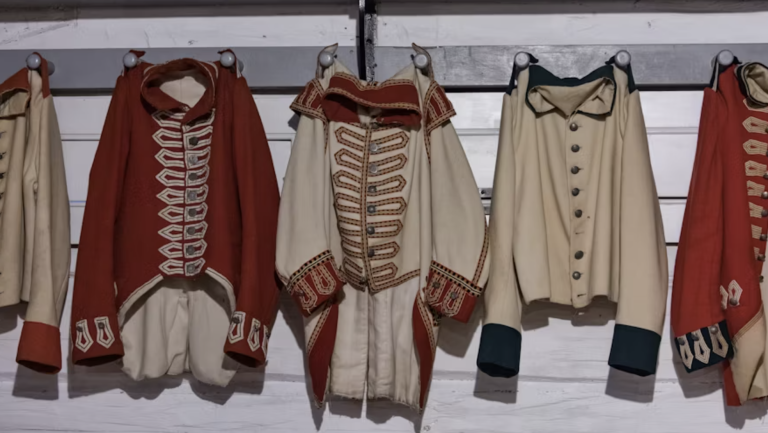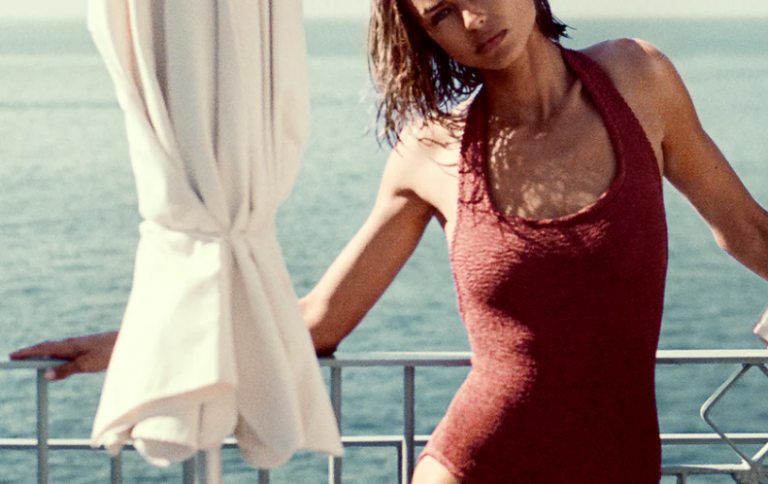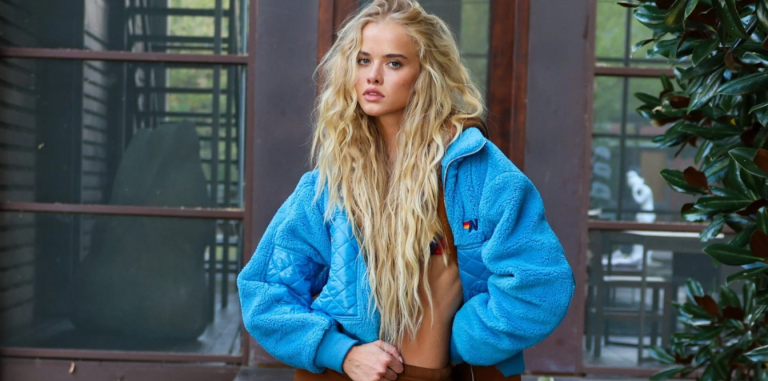
Fashion is often thought to be a top-down process, where trends are first seen on the catwalks of haute couture designers and gradually filter down to the mass market. But how exactly do these trends move from high fashion to everyday wardrobes? This process, known as the “trickle-down” theory, is far more intricate than it might seem. In this article, we’ll take a closer look at the mechanisms behind this fascinating movement of trends—from the elite runways to the racks of your favorite stores.
Understanding Fashion Cycles
Fashion operates in cyclical patterns, with designers, manufacturers, and retailers all playing critical roles in the rise and fall of trends. These cycles are typically structured over a 2-year period, with trends being observed on the runway, adopted by early adopters, and eventually filtering down to broader consumer markets. Understanding these cycles is essential to predicting the journey of a trend.
The Haute Couture Influence
At the top of the fashion pyramid are haute couture collections, which are typically expensive, limited-edition designs made by the most prestigious fashion houses. While these pieces are not meant for everyday wear, they are crucial in setting the tone for future trends. The extravagant materials, cuts, and concepts presented in these collections push the boundaries of fashion and often inspire more practical adaptations that trickle down.
The Role of Fashion Weeks
Fashion weeks, especially those held in global capitals like Paris, Milan, New York, and London, serve as the epicenter of trend creation. These events showcase collections that are months ahead of the season, allowing designers to dictate the direction of fashion. Fashion weeks are not just a place for designers to showcase their creativity; they are incubators for the trends that will eventually influence street style.
Global Fashion Capitals: Paris, Milan, New York, and London
The influence of these cities on the global fashion landscape cannot be overstated. Paris is often seen as the home of haute couture, while Milan is known for its luxurious designs and craftsmanship. New York and London are renowned for their diverse, trend-forward approaches to fashion, with street style in these cities often dictating what’s seen on the runway.
The Mechanism of Trend Downward Movement
Once trends are introduced at fashion weeks and haute couture shows, they don’t immediately reach mainstream audiences. Instead, they undergo a transformation as they pass through several layers of the fashion ecosystem. This process is influenced by various factors, including cultural shifts, economic conditions, and the rapid rise of new forms of media.
Fashion as a Mirror of Society
Trends don’t just emerge from designers’ minds—they are often a reflection of societal changes. Social movements, economic conditions, and cultural events all play pivotal roles in determining which trends will make it to the mass market. For example, during times of economic uncertainty, more practical, functional fashion trends may rise in popularity, while luxury, status-driven trends might take a backseat.
The Influence of Celebrities and Influencers
Celebrities and social media influencers play an undeniable role in shaping fashion trends. When high-profile individuals wear certain brands or styles, their followers are quick to emulate them, which accelerates the adoption of new trends. Whether it’s a pop star sporting a designer piece or a TikTok influencer styling a high street outfit, the impact of these personalities is profound.
From Runway to Retail
While the runway sets the tone for trends, retail is where trends truly take shape. Retailers and fast fashion brands play a crucial role in translating high fashion trends into something consumers can wear every day. This adaptation process involves simplifying designs, making them affordable, and ensuring they appeal to a wide range of people.
Fast Fashion’s Role in Trend Diffusion
The rise of fast fashion has drastically sped up the trickle-down process. Brands like Zara, H&M, and Shein can take a trend from the runway and replicate it at mass scale within weeks. This rapid production cycle allows consumers to access runway-inspired looks at an affordable price, creating a direct connection between haute couture and high street fashion.
High Street vs. Designer
There’s a distinct difference between how high street brands and designer labels interpret trends. Designers often stick closely to the original runway vision, presenting a more refined, artistic interpretation of trends. High street brands, on the other hand, focus on practicality and wearability, ensuring the trend is accessible and appealing to the broadest possible audience.
The Role of Online Shopping in Trend Distribution
The digital landscape has revolutionized the way trends are distributed. E-commerce platforms like Amazon, ASOS, and other fashion websites have made it easier for trends to reach global audiences. What used to take months for a trend to appear in stores now happens in a matter of weeks, thanks to the global reach of online shopping.
Case Studies: Iconic Trends and Their Journey
Let’s take a look at some trends that have successfully made their way from the catwalk to the closet.

The Return of 90s Fashion
One of the most significant examples of a trend’s journey from runway to closet is the return of 90s fashion. What started as a niche interest has quickly become mainstream, thanks to both high fashion designers and fast fashion retailers. From baggy jeans to chunky sneakers, 90s-inspired styles are everywhere.
Sustainable Fashion Trends
Sustainability is no longer a niche topic in fashion. What started as an underground movement has moved into the mainstream, with designers and brands now prioritizing eco-friendly materials and ethical production processes. This shift reflects broader societal concerns about the environment and sustainability.
Future of Trend Movement
Looking ahead, the trend cycle is likely to continue evolving. Technology, social media, and globalization will only accelerate the pace at which trends trickle down, creating even more interconnected fashion ecosystems. Virtual fashion shows and AI-driven trend forecasting will make it easier for designers and retailers to predict and capitalize on emerging trends.

Technology’s Influence on Trend Adoption
Artificial intelligence, machine learning, and data analytics are playing an increasing role in predicting and identifying trends. Brands now have access to vast amounts of data, allowing them to tailor their collections to the tastes and preferences of consumers before they even step foot in a store.
The Role of Virtual Fashion Shows
Virtual fashion shows are another emerging trend that could reshape how trends trickle down. With the global pandemic forcing many fashion events online, the digital runway has proven to be an effective platform for showcasing new trends and reaching a wider audience.
Conclusion
The journey of a fashion trend from the catwalk to the closet is far from simple. It involves a complex interplay of creativity, consumer behavior, and technological advancements. From the high fashion designers in Paris to the fast fashion outlets on your high street, trends follow a path that reflects both cultural shifts and business realities. As technology continues to influence the fashion industry, we can only expect these trends to evolve faster and more dynamically.
FAQs
- How do trends move from haute couture to high street? Trends move from haute couture to high street through a process of adaptation by designers and retailers who simplify and mass-produce high-fashion designs.
- What role do celebrities play in shaping fashion trends? Celebrities help popularize trends by wearing them in public, often inspiring fans and fashion followers to adopt similar styles.
- Why do some trends come back after years of being out of fashion? Trends often return due to a mix of nostalgia and societal shifts, with consumers seeking comfort in past styles during periods of uncertainty or change.
- How has online shopping impacted the fashion industry? Online shopping has accelerated the diffusion of fashion trends by allowing consumers around the world to access the latest styles instantly.
- Will sustainability continue to influence fashion trends? Yes, sustainability is likely to remain a significant influence on fashion trends as consumers become more aware of the environmental and ethical implications of their purchasing choices.







